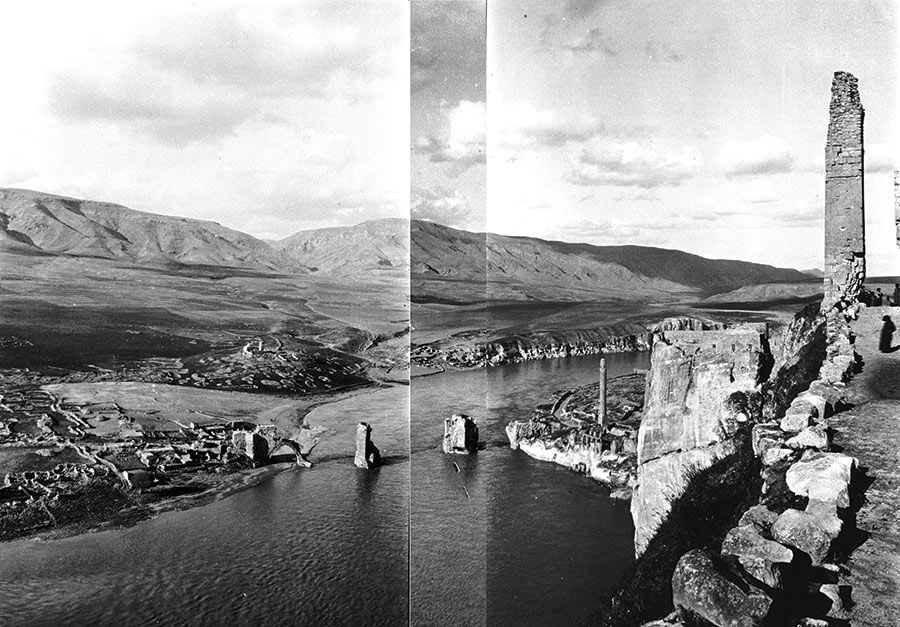Hasankeyf - A City in Peril
Turkish archaeologists work against the clock to discover the secrets of ancient Hasankeyf before it is flooded by the waters of the proposed Ilisu dam.

‘Try to imagine a steep cliff rising from the water and crowned by a decaying castle, the whole face of it perforated with cave-dwellings of a very early date in which the present inhabitants live; and at the end of the cliff a ruined mosque with a minaret, from the side of which a grandiose and now broken medieval bridge stretches over the majestically winding river to the opposite shore.’
This is how Dr S. Guyer described his first sight of Hasankeyf as he sailed down the River Tigris through south-eastern Turkey, heading for Iraq. The German adventurer made his journey in the early 1920s, although if he went back today, little would have changed. What he would find is a small army of Turkish archaeologists working against the clock to discover the secrets of ancient Hasankeyf before it is flooded by the waters of the proposed Ilisu dam. The Turks say their aim is to have the dam operational by the next decade.
